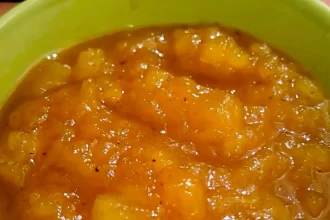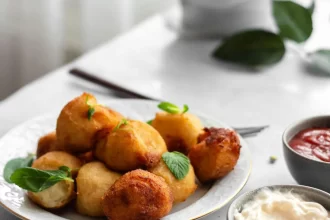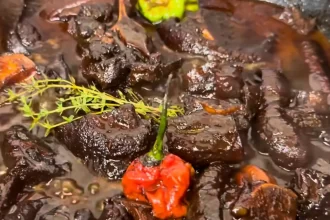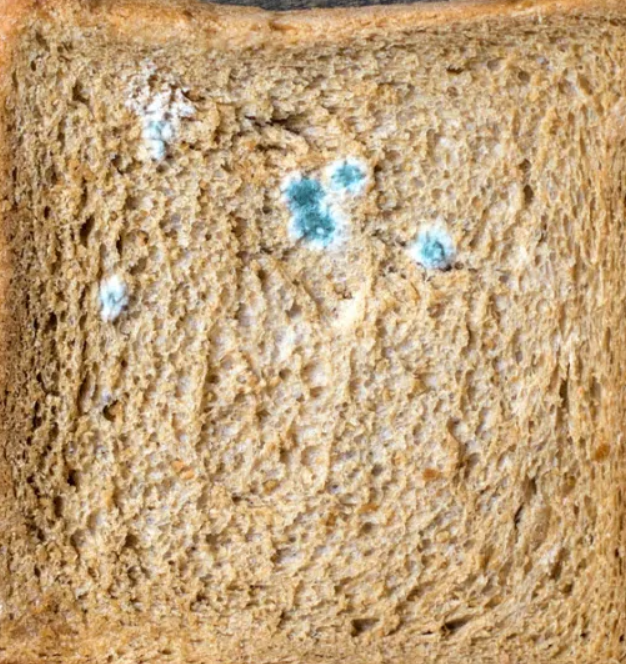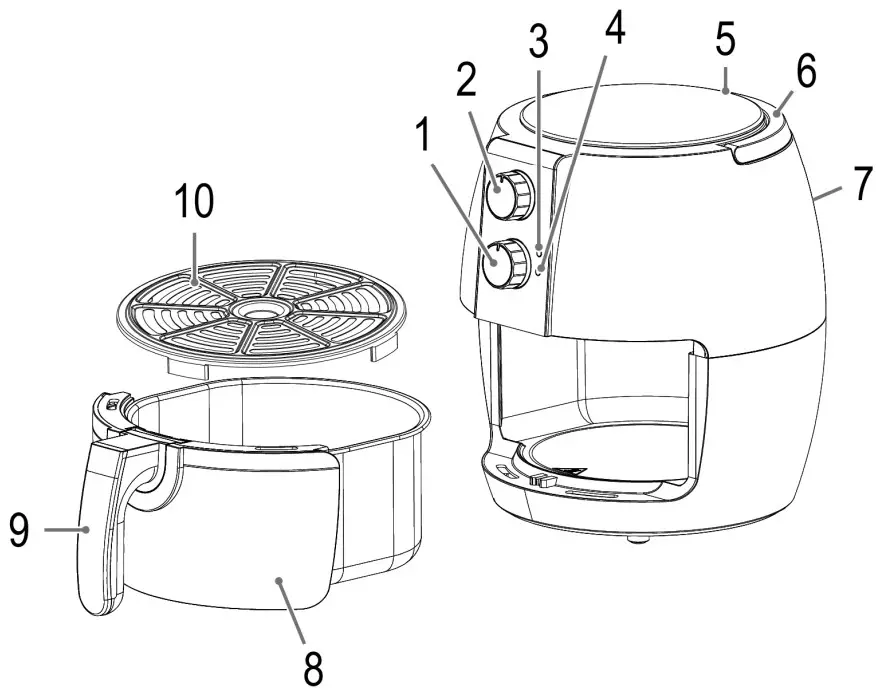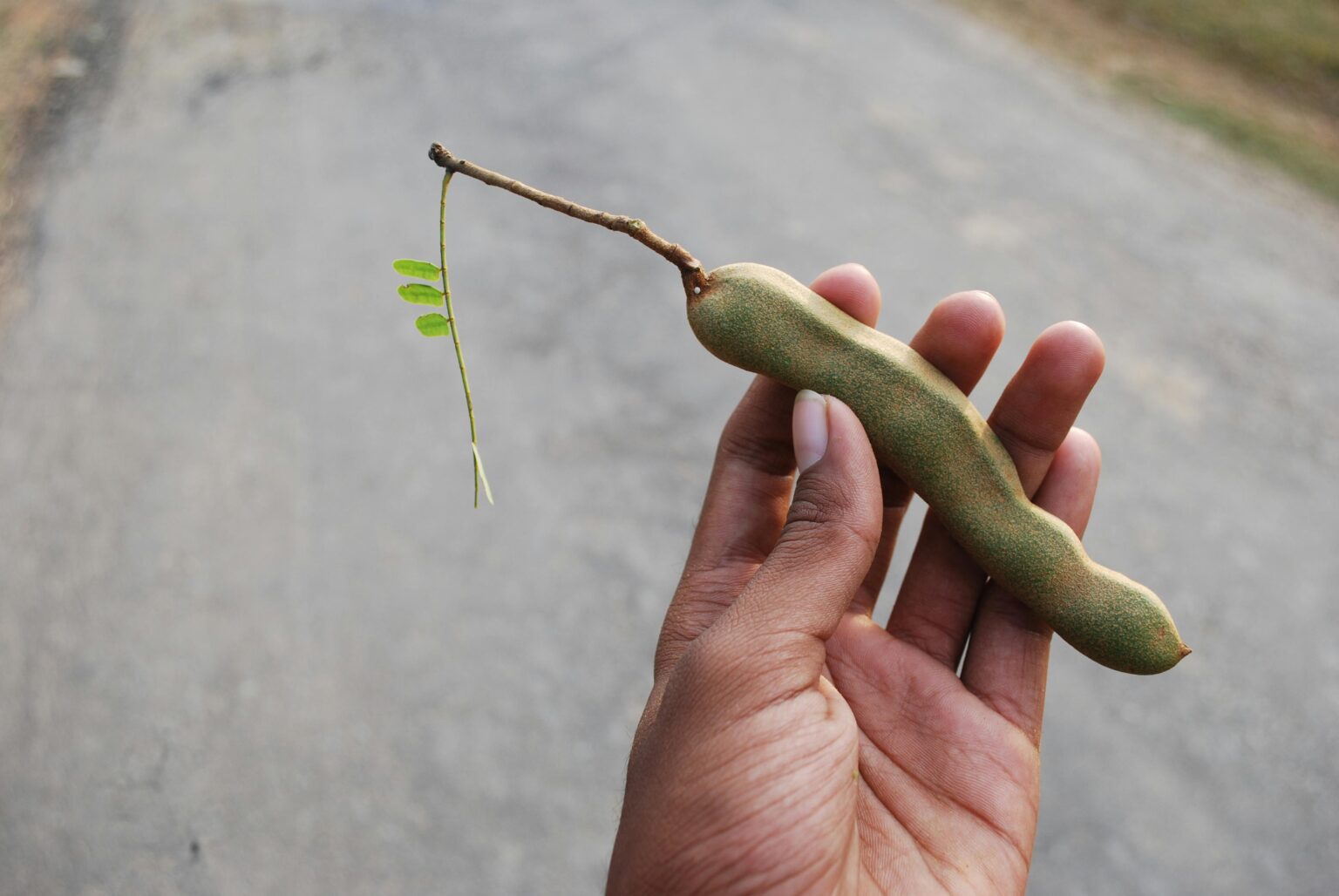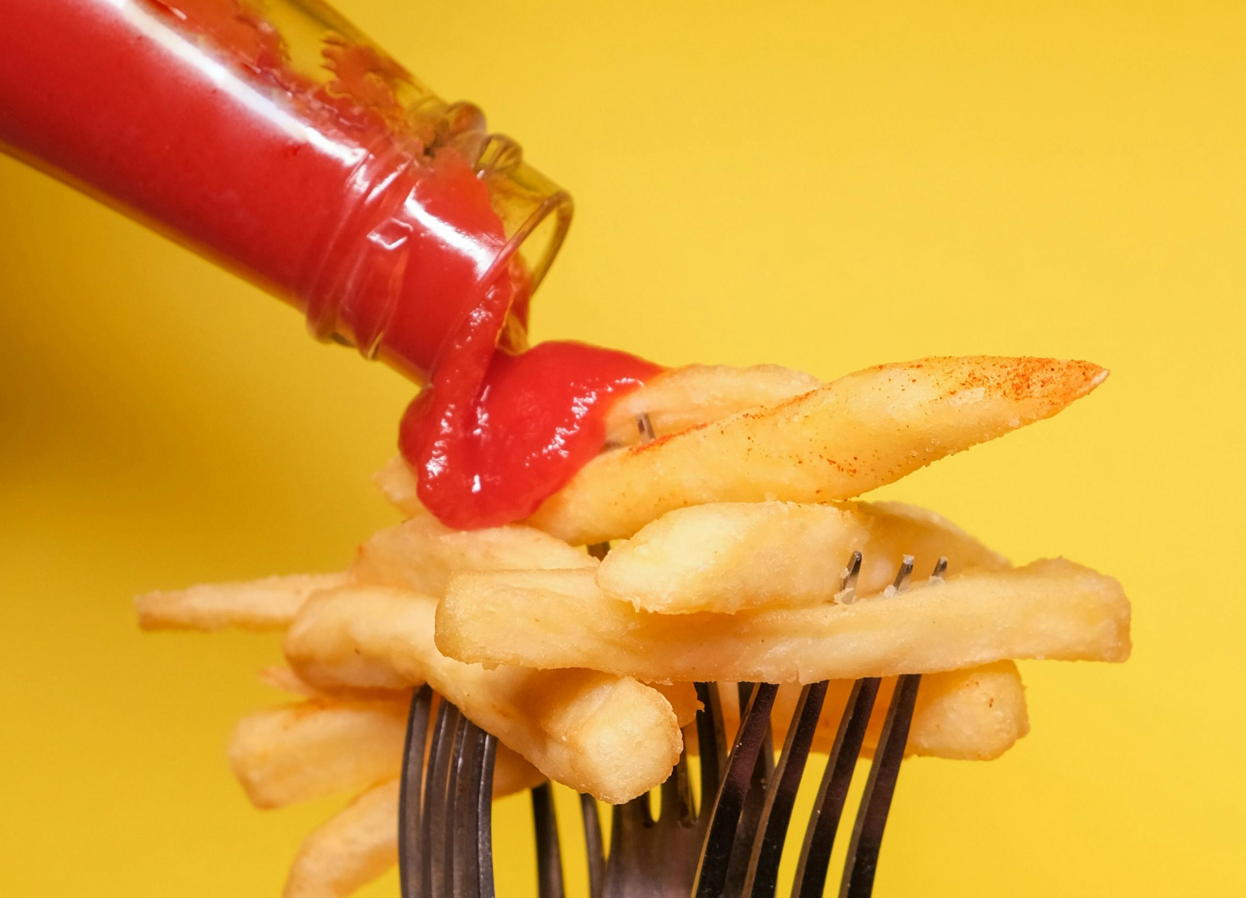So, yuh know how we Guyanese love to cook up a storm, right? One day, my Uncle Ravi decided to make a big pot of his famous fish stew. He said he had a special ingredient that would “take it to the next level.” Turns out, the special ingredient was a splash of rum. Aye, Uncle Ravi and his rum! But it got me wondering—what happens to the alcohol when you cook it?
What Does the Alcohol Do?
Uncle Ravi explained that adding alcohol to the pot wasn’t just for kicks. “It does mek de flavor come out strong,” he said with a wink. The ethanol in the rum plays a crucial role in flavor enhancement. It acts as a solvent, extracting and dissolving fat-soluble flavors from ingredients like spices, herbs, and aromatics. This process amplifies the overall flavor profile of the dish, making it more complex and aromatic. So, that’s why a little rum or wine can make such a big difference in the taste of a stew or sauce.

Where Does the Alcohol Go?
As we watched the pot simmer, Uncle Ravi said, “Don’t worry, the alcohol does boil out.” But does it really? Here’s the thing: alcohol boils at a lower temperature than water, so it starts to evaporate first. But it doesn’t just disappear into thin air. When alcohol and water are mixed, they form a complex solution with a boiling point that depends on their ratio. This is because of the azeotropic nature of the mixture, where the components influence each other’s evaporation rates. So, even when the stew bubbles away, some alcohol sticks around, especially if the pot is thick with all kinds of goodies.
Now, the fish and veggies in the stew aren’t just floating around. They’re soaking up that rum like a sponge. So, even if the alcohol’s evaporating, some of it stays right there in the food. This happens because alcohol can penetrate the food’s cell walls, leading to absorption within the ingredients. And if the stew’s thick, like with cassareep or coconut milk, even more alcohol gets trapped in there.
Summary
During cooking, alcohol partially evaporates, is absorbed into the food, and may remain in small amounts depending on the cooking time and method.
How Much Alcohol Is Left?
“By de time yuh done cook, it don’t have much alcohol left,” Uncle Ravi assured me. He wasn’t wrong, but he wasn’t entirely right either. The actual amount of alcohol left in a dish depends on several factors, including cooking time, temperature, and the surface area of the cooking vessel. Studies show that alcohol content can range from 6% to 85% after cooking, depending on these variables. So, while it’s unlikely you’ll get tipsy off a bowl of stew, there can still be some alcohol left in the dish.
Family Friendly Options
For those of us who need to skip the alcohol altogether, like Auntie Sheila who’s been avoiding it for health reasons, there are plenty of non-alcoholic options. You can find wine and beer alternatives that taste just as good but have zero alcohol. Just make sure to check the label; some “non-alcoholic” drinks can still have a tiny bit of alcohol.
So, there we were, enjoying Uncle Ravi’s delicious fish stew, laughing and chatting about life. The rum added a special touch, but knowing what happens to it during cooking was a real eye-opener. Whether you’re adding a splash of rum or sticking to non-alcoholic options, it’s all about making the dish your own. As Uncle Ravi would say,
Cook with love and yuh food gon’ taste sweet!
Uncle Ravi
FAQs about Cooking with Alcohol
Does all the alcohol evaporate when cooking?
Not entirely. The amount of alcohol left depends on cooking time, temperature, and the dish’s composition.
Can you get intoxicated from food cooked with alcohol?
It’s unlikely, as the remaining alcohol is usually minimal. However, those sensitive to alcohol or avoiding it for health reasons should be cautious.
How does alcohol enhance the flavor of food?
Alcohol acts as a solvent, helping to extract and amplify the flavors of other ingredients, especially fat-soluble compounds.
What types of dishes benefit most from alcohol?
Alcohol is great in sauces, stews, marinades, and desserts, where it can enhance the depth and complexity of flavors. It’s often used in dishes like pepperpot, and rum cake.
Are there non-alcoholic substitutes for cooking?
Yes, there are alcohol-free wines, beers, and even spirits that can provide similar flavors without the alcohol content.
How long should you cook a dish to reduce the alcohol content?
The longer you cook, the more alcohol evaporates. However, to significantly reduce alcohol, cooking for at least 2.5 hours is recommended.
Does the type of alcohol affect the flavor differently?
Yes, different alcohols like wine, beer, and spirits bring unique flavors and properties to a dish.
Can alcohol evaporate completely during cooking?
Not completely; some alcohol may always remain, depending on the dish and cooking method.
Is it safe to serve alcohol-cooked dishes to children?
While most of the alcohol cooks off, some may remain. It’s best to use alcohol-free alternatives if concerned.
How can I measure the alcohol left in my dish?
Measuring the exact alcohol content is challenging without lab equipment. Following general cooking guidelines helps minimize it.
Check Out Our Other Posts!
If you enjoyed learning about cooking with alcohol, don’t miss our other exciting posts! From mastering traditional Guyanese dishes to exploring the latest kitchen gadgets, we’ve got something for every foodie.
And much more! Stay tuned and keep cooking with love.



